Statistics for People Who Think They Hate Statistics 3rd Edition By Salkind – Test Bank
CHAPTER 5
Ice Cream and Crime: Computing Correlation Coefficients
Part I. Multiple-Choice Questions (20 items)
1. Who is responsible for the invention of the Pearson product-moment correlation coefficient?
a. Pearson Fisher
b. Karl Pearson
c. Karl Fisher
d. Fisher Pearson
Ans: b
2. When interested in examining how one variable changes with another, which of the following descriptive statistics would you want to use?
a. Mean
b. Variance
c. Correlation
d. Standard deviation
Ans: c
3. Which of the following is a measure of central tendency?
a. Mean
b. Variance
c. Correlation
d. Standard deviation
Ans: a
4. Which of the following refers to a correlation between two variables?
a. Bicorrelate
b. Bivariate
c. Two-way variance
d. Two-way analysis
Ans: b
5. A correlation coefficient can range in value. Which of the following illustrates this range?
a. –.01 to .01
b. –1.0 to 1.0
c. –2.0 to 2.0
d. –3.0 to 3.0
Ans: b
6. If variables change in the same direction, what type of correlation is this called?
a. Positive correlation
b. Negative correlation
c. Positive causation
d. Negative causation
Ans: a
7. If variables change in the opposite direction, what type of correlation is this called?
a. Positive correlation
b. Negative correlation
c. Positive causation
d. Negative causation
Ans: b
8. The correlation between variable X and variable Y is represented by which of the following?
a. R(xy)2
b. rxy
c. rx(y)
d. Rx/y
Ans: b
9. Which of the following represents the Excel function to be used when computing correlation coefficients?
a. CORREL(A:10; B:10)
b. CORREL(A:1-10; B:1-10)
c. CORREL(A1:A10; B1:B10)
d. CORREL(A10:B10)
Ans: c



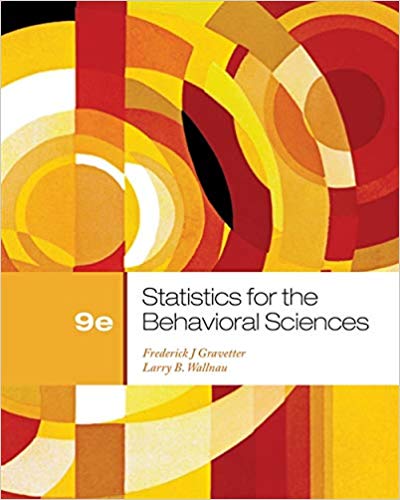


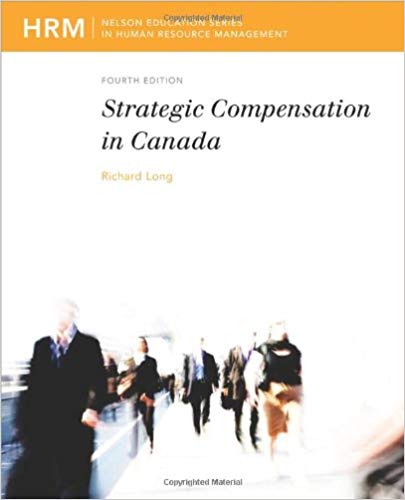
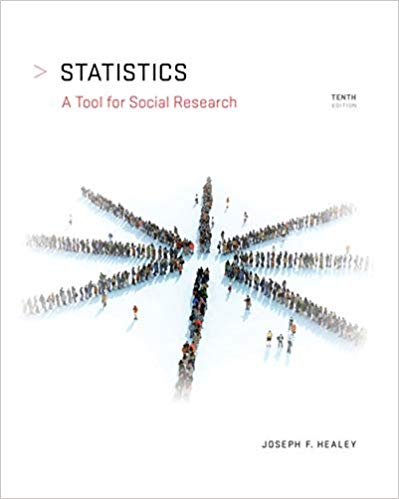
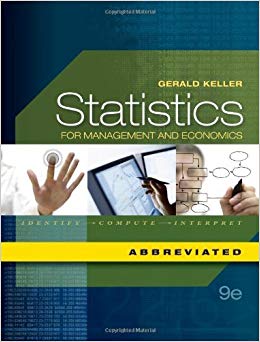
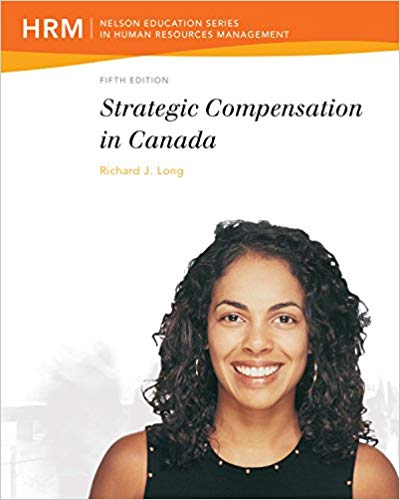
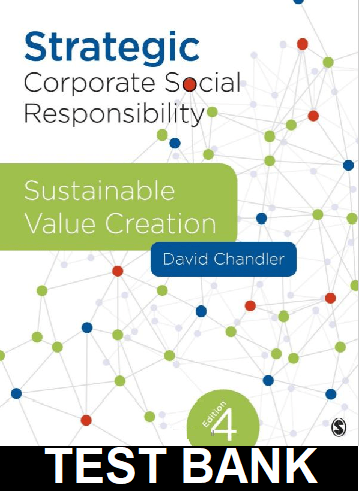
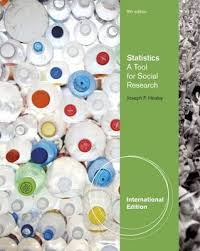

Reviews
There are no reviews yet.